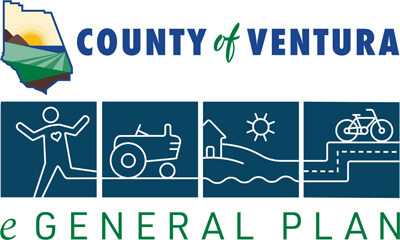Based on the review and recommendation of a qualified biologist, the design and maintenance of road and floodplain improvements, including culverts and bridges, shall incorporate all feasible measures to accommodate wildlife passage.
RDR
COS-1.4 Consideration of Impacts to Wildlife Movement
When considering proposed discretionary development, County decision-makers shall consider the development’s potential project-specific and cumulative impacts on the movement of wildlife at a range of spatial scales including local scales (e.g., hundreds of feet) and regional scales (e.g., tens of miles).
COS-1.5 Development Within Habitat Connectivity and Wildlife Corridors
Development within the Habitat Connectivity and Wildlife Corridors overlay zone and Critical Wildlife Passage Areas overlay zone shall be subject to the applicable provisions and standards of these overlay zones as set forth in the Non-Coastal Zoning Ordinance.
COS-1.6 Discretionary Development on Hillsides and Slopes
The County shall require discretionary development on hillsides and slopes, which have an average natural slope of 20 percent or greater in the area where the proposed development would occur, to be sited and designed in a manner that will minimize grading, alteration of natural land forms, and vegetation removal to avoid significant impacts to sensitive biological resources to the extent feasible.
COS-1.8 Bridge Crossing Design
The County shall require discretionary development that includes new or modified road crossings over streams, wetlands and riparian habitats to include bridging design features with bridge columns located outside the riparian habitat areas, when feasible.
COS-1.9 Agency Consultation Regarding Biological Resources
The County shall consult with the California Department of Fish and Wildlife, the Regional Water Quality Control Board, the U.S. Fish and Wildlife Service, National Audubon Society, California Native Plant Society, National Park Service for development in the Santa Monica Mountains or Oak Park Area, and other resource management agencies, as applicable during the review of discretionary development applications to ensure that impacts to biological resources, including rare, threatened, or endangered species, are avoided or minimized.
